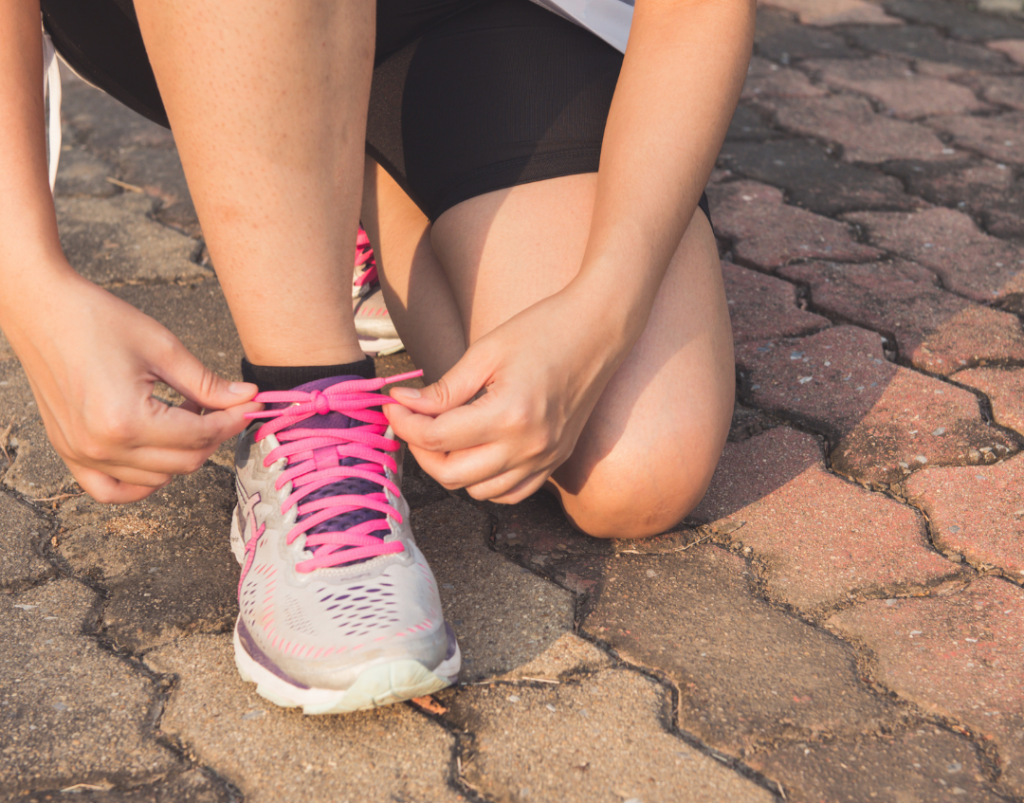If you were the last kid to be picked for the sports team, or the one who came last in the school cross country races you may have grown up to think that exercise just isn’t really your thing.
Maybe this is your first time trying to get into an exercise routine as an adult. Or maybe you’ve tried to get into it before, but failed to keep it going, for some reason or another.
And maybe you’ve decided it’s time to give it another crack…
For whatever reason, you’ve decided to read this article! Go and get your Active-Wear on, because we are about to tell you everything you need to know about what to expect when starting a new exercise routine.
The first cut is the deepest…
Let’s be frank – The initial phase of starting an exercise program is the hardest. It will probably hurt a little bit.
And it should! Strengthening the muscles actually involves creating a small amount of damage within the muscle fibers, known as micro-tears. The muscle then repairs and reinforces itself. DOMS (delayed onset of muscle soreness) is the name given to the experience of muscle pain the day (or few days) following the exercise session. It is a positive thing – your body is making changes to become stronger!
This is why allowing recovery days between exercise sessions is so important – we need to allow time for this ‘rebuilding’ process to occur. One of the biggest mistakes that new exercisers make is going ‘all in’ and not allowing for sufficient recovery time (this then leads to injuries, burn out, and the inability to stick to the exercise routine long term!). Start gently, progress gradually, to avoid this happening.
* Please note also that if you are experiencing joint pain, you may wish to speak to an exercise specialist who can check your posture and movement technique.
If you’ve just got into running but you’re experiencing headaches check out this article.
But it gets easier!
Over time, you can expect to feel that your body tolerates the exercise much better. It becomes easier to push yourself during the session as your body, and your mind, become better accustomed to being put under stress.
And these improvements are reflected in your day-to-day life as well! Climbing stairs no longer leaves you out of breath, you can carry all of your shopping bags from the car in one go… Your heart, lungs, circulatory system and muscles are all strengthening in ways that respond to the stress that they are under during the exercise session.
You should also find that the muscle soreness following the sessions decreases as well, as the body is able to repair itself more quickly.
And some of it’s in your head…
Exercise is not only about strengthening the body, but also the mind!
There is a theory known as the ‘Central Governor Theory’ by Tim Noakes, which suggests that the brain acts as the final decision maker regarding what the body can tolerate physically. It does this at a subconscious level based on the information it receives from the central nervous system. It’s important to note that conscious thought also influences the decision making!
So, exposing your body to intensive exercise is not only about strengthening the body, but it’s also about teaching the brain and central nervous system what you are capable of. This means that the more you do of it, the more fatigue resistant you become!
Fun fact: Olympic athletes who win races may not always be the strongest or the fittest of the bunch, but they have trained themselves to fight the psychological battle of fatigue!
But wait, there’s more!
You’ll feel stronger, you’ll feel fitter and more energetic, you’ll feel more capable and more resilient.
And you can expect to also experience better sleep.
Better mood and motivation.
Less stress and improved ability to cope with the stresses of life.
Better body confidence and self-esteem.
How to build sustainable habits
The most important thing to remember is that it is normal to experience setbacks. There will be days when you don’t feel motivated to exercise – Even us exercise physiologists struggle with motivation sometimes!
What matters is making sure that you get yourself back on track again. Guilt tripping or punishing yourself for it doesn’t help – instead we recommend simply acknowledging where you have slipped up, and starting fresh the next day.
Remember, a good exercise routine is one that actually happens. You want to get into an exercise routine that lasts and becomes part of your everyday life, so find the activities that you most enjoy doing, and prioritise those!
For some more tips on building habits check out this blog: How to build healthy habits, and for some tips on Exercise Motivation check out this article here.
And if you want to learn more about the basics of exercise we have a Exercise 101 series!
Author: Yolanda van Vugt, Exercise Physiologist
Interested in Specialist Exercise Services to help get your Claimant back to health?
Make a Referral!
Let’s connect, find us:
